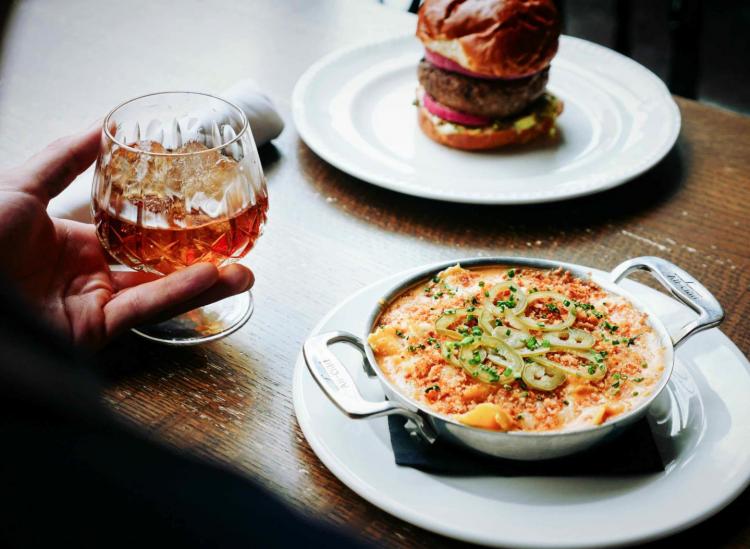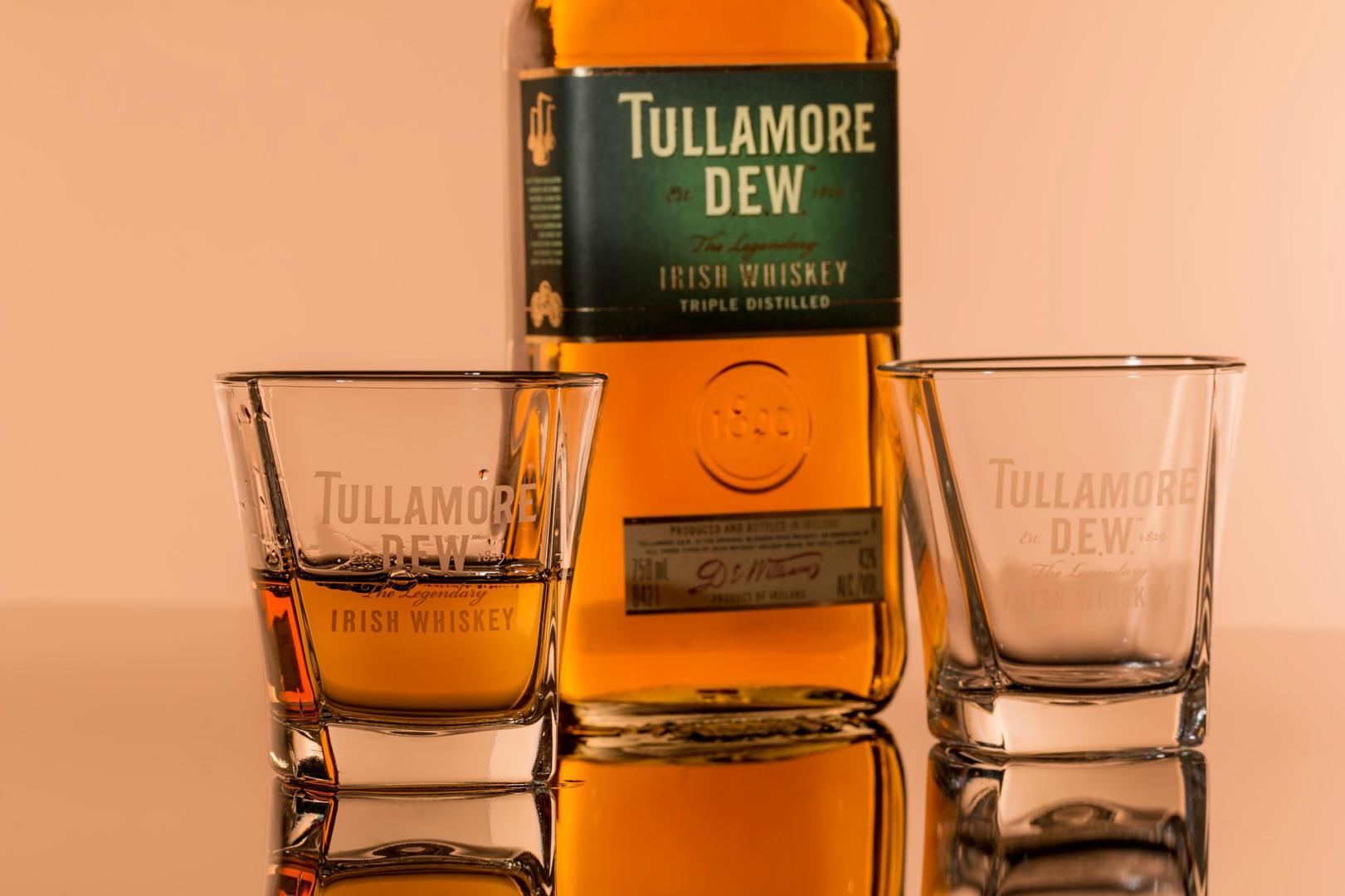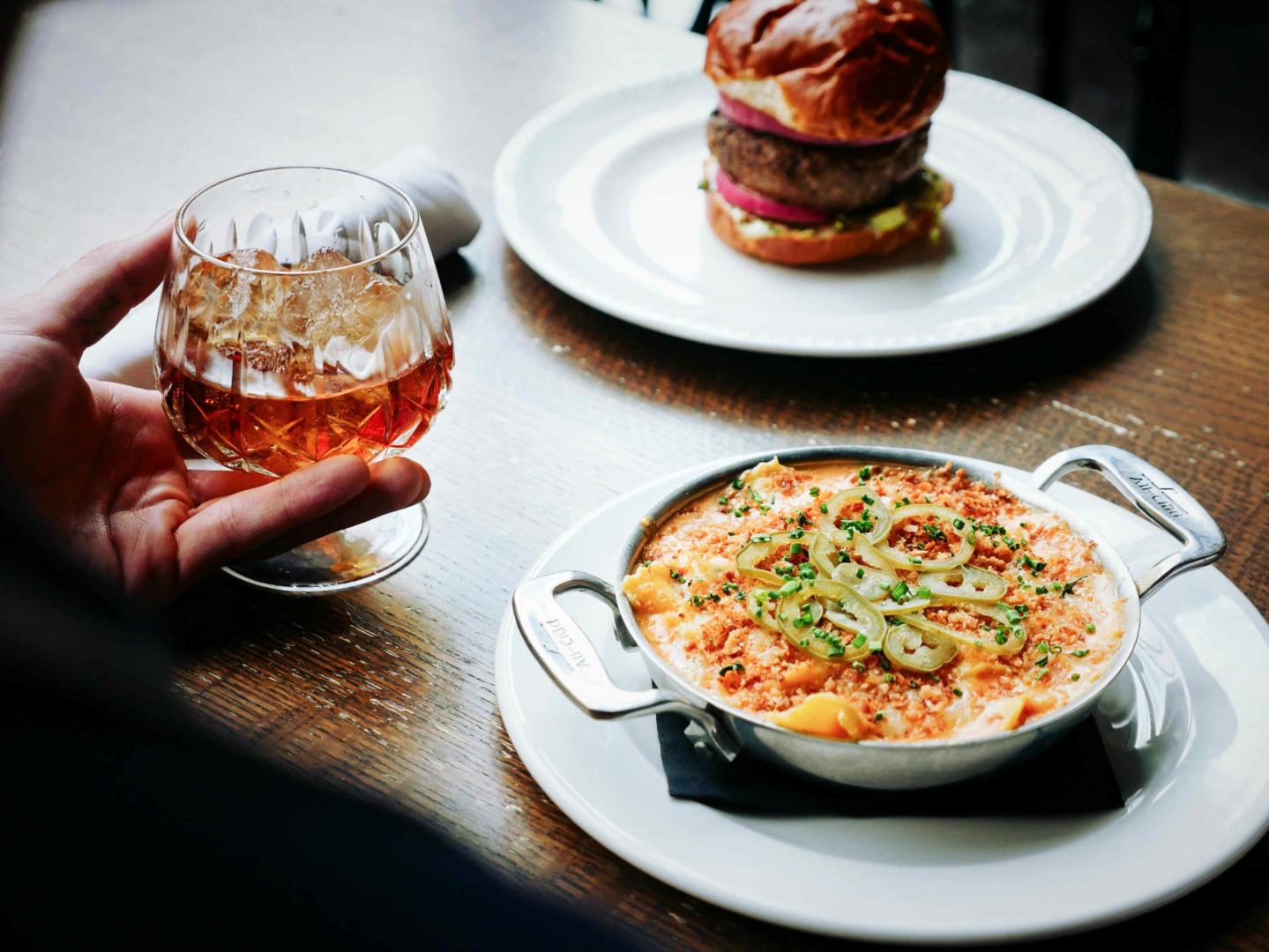How To Pair Whiskey With What You’re Eating

Unsplash
Whiskey can mean a lot of things to a lot of people. Whether you consider yourself a low-key whiskey connoisseur or your only interaction with the brown stuff is when you order a whiskey ginger at the bar, you have to admit the complexity of the spirit is unlike any other.
Under the umbrella of whiskey, you have scotch, bourbon and rye. The main difference is geography. Bourbon is whiskey that’s distilled from corn and made right here in the U.S. (usually Kentucky), while scotch is typically made in Scotland from malted barley. There’s also a difference in the spelling. In the U.S. and Ireland whiskey is spelled with an extra “e” while in Scotland they spell it without the letter. Then there’s American rye whiskey, which has to be made from at least 51 percent rye and Canadian whisky, which may or may not include rye at all.

Pixabay
On a larger scale, whisk(e)y is made from fermented grain mash (whether it’s barley, corn, rye or wheat) and it’s usually aged in charred white oak casks. This process gives the strong spirit its distinctive deep amber color. Whiskey can vary just as much as wine or beer can with variations in color, smell and taste. Tasting notes can range from fruity and floral to nutty, woody and spicy. Just like you would pair wine and beer with food, whiskey can bring out new flavors in the food that you’re eating.

Unsplash
Tips For Pairing Whiskey With What You’re Eating
1. Whiskey, especially a full-bodied scotch, pairs well with most meat dishes. Whether it’s a buttery dish, a pork belly bun or a juicy piece of red meat, the fat will coat your mouth before you take a drink. When you sip on the scotch, any underlying flavors from the fatty food will be released, creating basically a party in your mouth (depending on your definition of a party, of course).
2. You should avoid extremely spicy or garlic-heavy foods since these flavors will overpower notes from the whiskey. If you eat something like a strong curry, those flavors might stick to your tongue and prevent your ability to taste any of the delicate notes from the spirit.
3. Instead of trying to pair exact flavors of the type of whiskey with the food (like a caramel-heavy whiskey with caramel-glazed ribs or smoked salmon with a smoky whiskey), try and pair based on aroma and the overall experience happening in your mouth. Too much of one thing will end up being overwhelming.
4. Celebrity chef Marcus Samuelsson told Maxim he likes to pair his desserts, specifically his Vietnamese coffee and doughnuts, with Glenmorangie Signet. This single malt scotch whiskey has chocolate notes that go great with the complex flavors of his dish. Pairing whiskey with dessert is usually a good idea.
5. Whiskey can elevate certain spices and herbs so if you have control over the cooking process, try to be modest with the seasoning if you want to actually taste what you’re sipping on.
6. Instead of serving cheese with wine at your next dinner party, maybe go the whiskey route for a change. With fruity, woody or spicy whiskeys, go with cheeses like cheddar or pecorino. Pair your pick of bourbon, which has a sweet caramel and vanilla-like profile, with a nutty manchego cheese or goat cheese. Rye, with a spicy and earthy character, would work with gruyère, Parmigiano-Reggiano or aged gouda. For the boldest of the whiskey and cheese pairings, you could match a pungent Roquefort or creamy Stilton with a smokey whiskey.
7. Take your whiskey neat.











